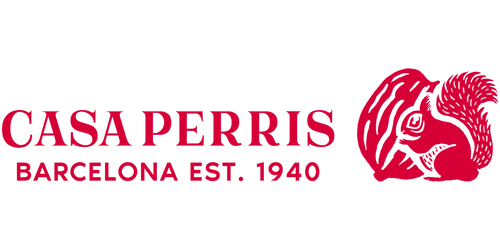LEARN HOW TO MAKE TAPIOCA WITH COCONUT MILK
As for its recipe, it can be said that there are variations of the original, the incorporation of low-sugar flour such as brioche, for example, makes this bread combine with the rest of the ingredients harmoniously to taste without altering the result. final An exquisite bread with a delicate texture! But it is not only traditional for Sunday breakfasts, it can also occupy a place of honor in snacks or give a touch of class to those visitors who frequent the home. Although, be careful! It can be considered a high-risk food on rainy days, especially for those who are on a diet and do not want to commit sins. Ready to prepare the Pão de Deus? So, let's get started. . . Ingredients (6 units):
- 250 g brioche flour
- 70 g sugar
- 1 egg
- 50 ml of warm milk
- zest of half an orange
- 20 ml orange juice
- 6 g dry yeast
- 50 g butter at room temperature
- For the coconut topping:
- 1 egg
- 50 g grated coconut
- 20 g sugar
- 20 ml of milk or 3 tablespoons of milk (optional. It should be added little by little if the dough is too dry)
 5. Spread the dough ball with oil and let it ferment for approximately an hour and a half or until it doubles in volume.
6. Divide the dough into 6 equal parts and form 6 balls.
5. Spread the dough ball with oil and let it ferment for approximately an hour and a half or until it doubles in volume.
6. Divide the dough into 6 equal parts and form 6 balls.
 7. Let the dough balls rest for approximately one hour.
8. Turn on the fire to 180ºC.
9. When the buns have fermented, brush them with beaten egg. Reserve the rest of the beaten egg.
For coverage:
10. Mix the beaten egg left over from painting the buns with the coconut and sugar. If the dough is very compact, add a little milk (between 1 and 3 tablespoons). According to each person's taste.
The dough for the topping does not have to be too soft or spread out.
11. Bake the buns for about 30 minutes or until golden.
12. Let the buns cool.
Enjoy!
7. Let the dough balls rest for approximately one hour.
8. Turn on the fire to 180ºC.
9. When the buns have fermented, brush them with beaten egg. Reserve the rest of the beaten egg.
For coverage:
10. Mix the beaten egg left over from painting the buns with the coconut and sugar. If the dough is very compact, add a little milk (between 1 and 3 tablespoons). According to each person's taste.
The dough for the topping does not have to be too soft or spread out.
11. Bake the buns for about 30 minutes or until golden.
12. Let the buns cool.
Enjoy!


